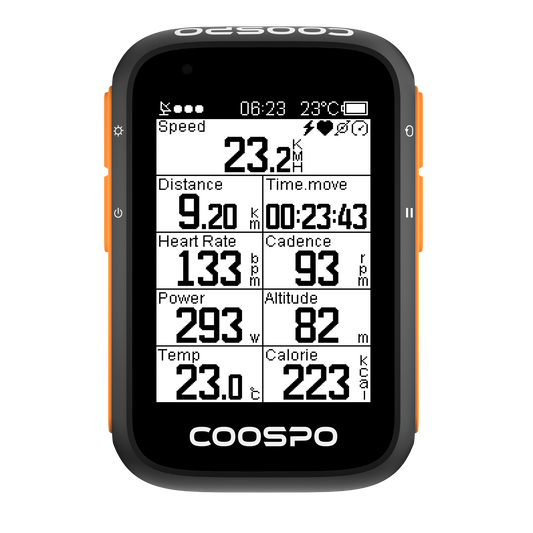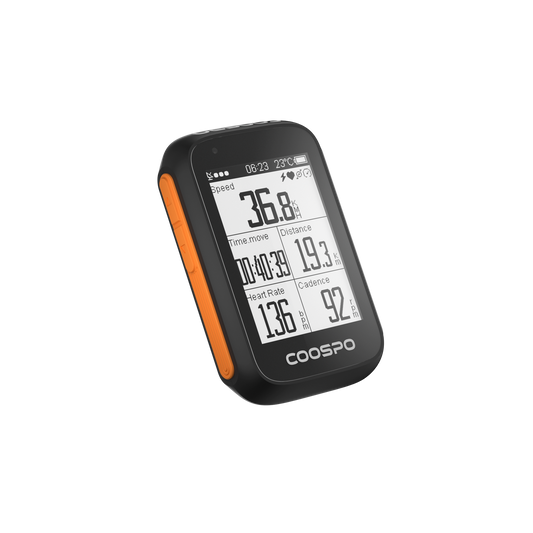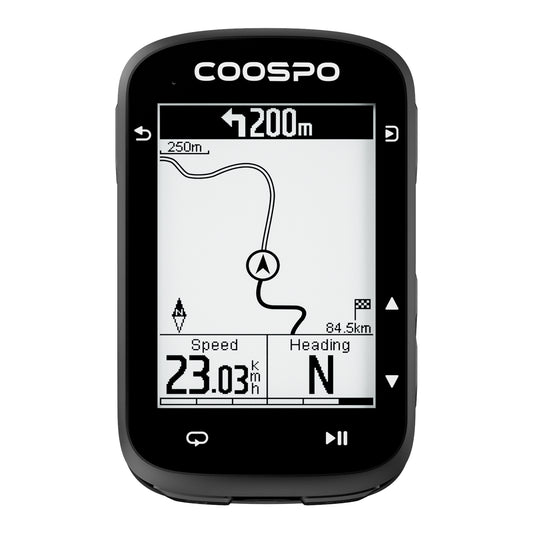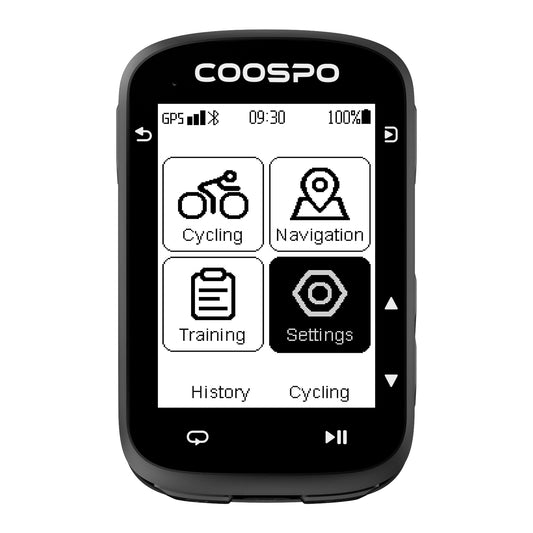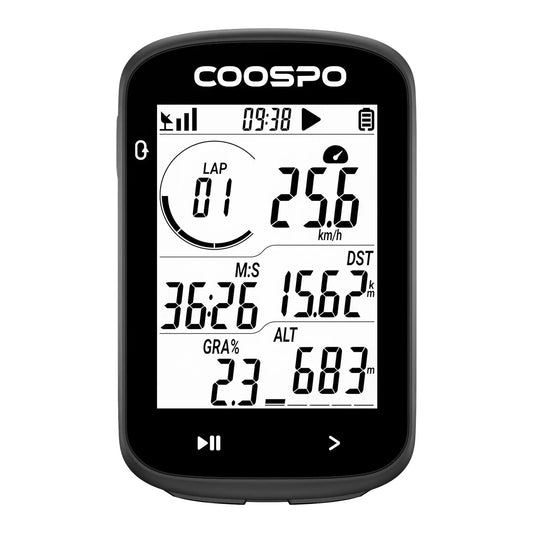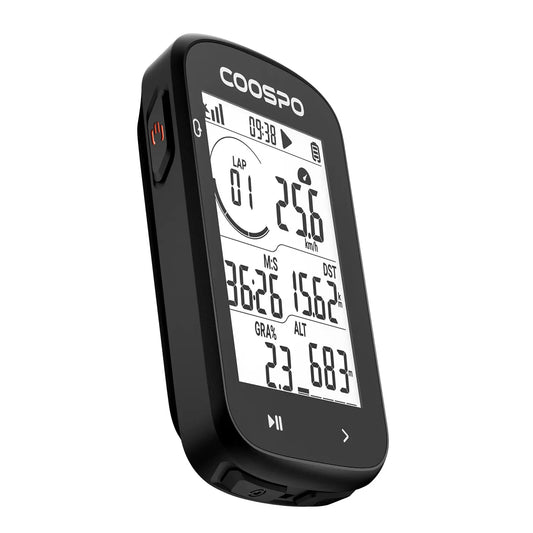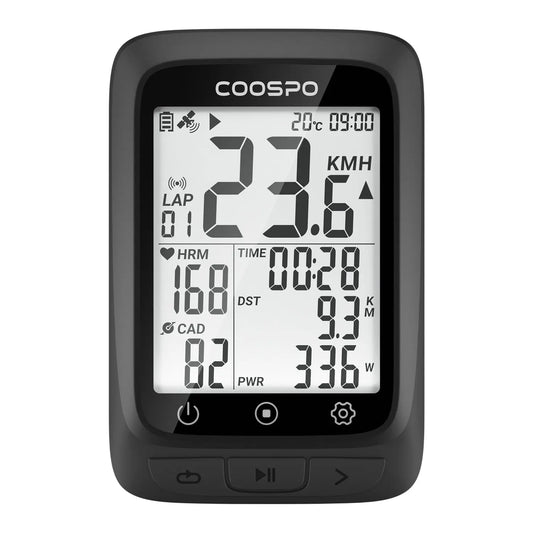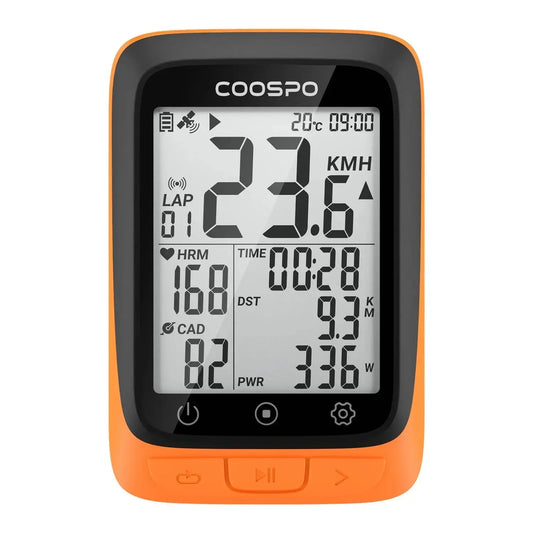Should You Train for Speed or Distance First?
When trying to improve your running performance, many runners wonder whether they should concentrate on running longer distances or getting faster. Both methods can make you a stronger and fitter athlete, but the training for each is different.
Should you focus on running faster to build strength and power, or should you run longer distances to test your stamina? There’s no right or wrong choice, but knowing the differences between these two ways of training can help you get the most out of your workouts.

In this article, we’ll break down the benefits of each approach, the differences in training, and why incorporating both into your plan is essential for becoming a well-rounded runner.
Should You Train for Distance or Speed First?
Deciding whether to focus on distance or speed first depends on your goals. If you're a beginner runner or preparing for a long race like a marathon, it's important to build your endurance first. This will help you run longer without getting tired.
There's a saying in running: Start where you are. This means you shouldn't focus on a specific finish time when you begin your training. Instead, start training and let your fitness improve as race day approaches, then set a time goal based on how you feel.
One of the key benefits of gradually increasing your running distance is that it helps your tendons, ligaments, joints, and bones adapt to the repetitive impact, reducing the risk of overuse injuries. Starting with shorter distances gives your body time to catch up and build the muscle strength needed to stay healthy and progress. Beginners usually find it easier and quicker to improve their endurance compared to building muscle strength, so it's important to allow enough time for your muscles to get stronger.
Once you have good aerobic fitness, which is important for keeping up with your training, you can start to focus more on speed.
The Benefits of Training to Run Longer vs Faster
When training for long distances, most of your running should be at an easy pace. This comfortable, chatty speed might not feel tough, but it helps build mental strength as you learn to push through tiredness and discomfort over longer distances. More importantly, it helps your body adapt, making you faster and stronger for when you run at quicker speeds.
Improves Cardiovascular Fitness – Your heart is a muscle. When you run at a slower pace, you help your heart get stronger and better at pumping blood throughout your body, preparing it for more intense workouts later. As you train, your heart pumps more blood with each beat, so it doesn’t need to beat as often. This means your heart is becoming more efficient.

Builds Muscular Endurance – Running longer distances helps your muscles adapt to sustained effort, reducing fatigue over time.
Enhances Mental Toughness – Distance running requires mental strength, as it teaches runners how to push through discomfort and maintain focus.
Optimizes Fat Utilization – Long runs train the body to use fat as a fuel source efficiently, which is beneficial for endurance events.
If your goal is to complete a marathon or any other endurance event, prioritizing longer distances in the initial phase of your training is ideal.
The Benefits of Training to Run Faster vs Longer
Speed work is similar to strength training because it helps build your muscles by making them work harder against the forces when you run.
Increases Running Economy – Speed work improves your running efficiency, meaning you use less energy at a given pace.
Boosts Anaerobic Capacity – Sprint and interval training enhance your body’s ability to clear lactic acid, allowing you to sustain faster speeds for longer periods.
Develops Fast-Twitch Muscle Fibers – Speed work engages fast-twitch muscle fibers, which are essential for quick bursts of speed and finishing strong in races.
Prevents Performance Plateaus – Adding speed workouts to your routine prevents stagnation and keeps your training dynamic.
Reduces Race Times – If your goal is to achieve a personal best in a 5K, 10K, or even a marathon, incorporating speed training is crucial.
The Differences Between Training for Distance and Speed
When you train for distance, you will focus on slowly increasing the time or distance you run. Long runs at a comfortable pace will be the main part of your plan, along with some moderate runs and easier recovery days.

If you run four days a week, plan for one day of speed work and three easy days with more distance, including a long run. Focus most of your speed workouts at half marathon or marathon pace. This will help you get better and feel more at ease maintaining that pace.
When training to run longer, the main goal is to strengthen your endurance and help your body cope with the demands of extended running. As you get better, you'll gradually increase how far you run each week to build the stamina required for longer distances.

Speed training usually focuses on running faster over shorter distances. You might do shorter, high-intensity workouts with plenty of rest in between. For example, if you're preparing for a fast 5K race, you'd start with 200-meter and 400-meter sprints at your target 5K pace. This helps you get used to running fast, even though you can't maintain that pace for long yet. As you get stronger, you can move on to longer repeats, like 800 meters, a mile, or even 2 kilometers, gradually building up to running your target pace for longer periods.

Using a Coospo heart rate monitor can help track your training intensity accurately. Whether you're building endurance with long runs or pushing your limits in speed workouts, monitoring your heart rate ensures you're training in the right zones to optimize performance and recovery.
Why You Need Both Distance- and Speed-Focused Workout on Your Training Plan
A good training plan includes both speed and volume because your body has different energy systems that react to different types of exercise.
Think of it like a recipe: if you leave out either salt or sugar, the final taste won't be right. To get the best results, you need to include both speed and volume in your training. This way, you'll develop all the important skills you need.
Starting with distance will help you build a strong base for speed. When you focus on running more miles, you develop a solid aerobic system. Once you add speed workouts, you train your legs to move faster and become more efficient at quicker paces. With that strong aerobic foundation, you'll be able to maintain the faster speeds you can now achieve.
For many runners, training follows a pattern. You might train for distance for four to six months, then work on speed for two to four months. After that, you mix endurance back in and combine both types of training.
Speed training and distance training each have their own advantages, and you can combine them based on your goals and lifestyle. Whether you're aiming to run faster or longer, every step you take will help you become a better version of yourself.



